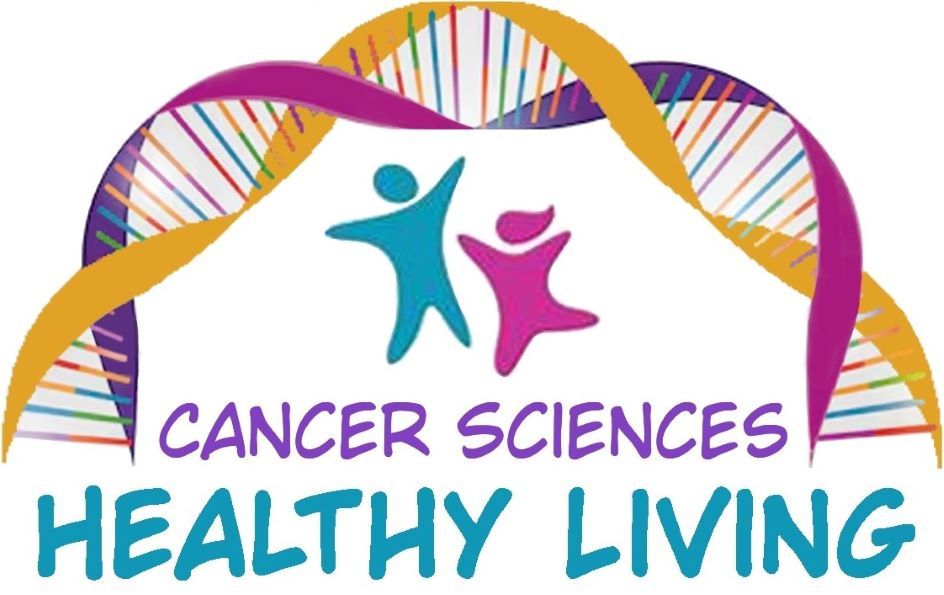Tricks of the Trade... Exposed
One of our key missions is to provide accurate information about our dietary supplements for users like you, while avoiding misleading marketing tactics. We've dedicated an entire page to this because there are far too many deceptive practices in the dietary supplements industry, especially when it comes to mushrooms. Here, we’ll focus on the most common mushroom-related tricks.
Common Marketing Tricks – and what do they mean for you?
- “Proprietary Blend”: This is the "let's mix everything" approach, and it can seem impressive to someone without a scientific background. Think of ads that tout "20-in-1" blends – wow, right? But if you have a headache and only take a chip of a Tylenol tablet, do you expect your headache to go away? We hope you know the answer.
- “10,000 or 12,000 mg per serving”: How is this even possible? It’s a misleading calculation based on raw mushroom weight. A typical capsule holds about 500 mg (we deliberately use larger, higher-cost capsules that hold 750 mg of extract to increase per serving intake). When a product claims to use a “10:1 extract,” that means 10,000 mg of raw mushrooms (roughly one-third of an ounce – compare that to a typical mushroom meal portion of at least 3-4 oz needed to see noticeable benefits from mushrooms) reduces to 1,000 mg of dry extract powder, which fits into two capsules. This leads us to the biggest deception of all – the “10:1 extract” trick.
- “10:1 extract” without listing any active compounds: At best, this is more like a “2:1 extract.” How do we know this? Through conversations with many manufacturers about their extraction processes and by applying common sense. A water-heavy, sponge-like mushroom and a rock-hard, low-moisture mushroom can’t possibly have the same extraction outcomes or similar costs. Additionally, when you compare the prices of different grades (ranging from the cheapest to the highest quality), the difference becomes clear:
- Mushroom powder (not extract) – the cheapest
- 2:1, 10:1, etc. extracts
- 10% polysaccharides
- 20% polysaccharides
- 30% polysaccharides
- And the list goes on…
- Eventually, you'll reach 40% Beta-glucans – WHICH IS EXACTLY WHAT WE OFFER
- Higher grades that for most species are cost-prohibitive
You might wonder why we don’t offer higher percentages of Beta-glucans. Besides even higher cost, unfortunately, a higher percentage isn't technically feasible for creating powders that can be packed into capsules. Beta-glucans are complex sugars that become a sticky, gum-like substance when their concentration is too high. After evaluating many different grades, we concluded that a 40% Beta-glucan grade is optimal for achieving the benefits we seek.
- "Only 1 serving per day": If you've been following the math so far, it's clear that most mushroom products on the market would actually require 10+ servings per day to provide any significant benefits. However, this would mean that a single 120-capsule bottle would last less than one week instead of the two months typically advertised, or that someone would need to consume half of a powder pouch in one day rather than making it last for 30 days.
Some may question this logic by bringing up topics like homeopathic medicines or the role of epigenetics. While we won’t delve into those areas here, it's important to recognize that much of the "effectiveness" of such products could be attributed to fake reviews or a strong placebo effect based on hype. We prefer to stick to conventional pharmacology, focusing on well-established pharmacokinetic and pharmacodynamic principles, which are the cornerstone of drug development. This scientific approach ensures that the active compounds in our products are delivered at effective doses for optimal benefit.
- “Ultra high absorption” or “highly bioavailable”: How? Raw mushrooms are poorly absorbed, but extracts obtained through the dual extraction method that we use – breaking down the mushroom’s tough cell walls to extract both water-soluble and fat-soluble compounds – generally have similar absorption in the body. Sellers making these claims haven’t employed any special techniques to improve absorption or bioavailability and often avoid the dual extraction method because it requires more time and cost. Instead, they use buzzwords to boost sales.
For instance, triterpenes from Reishi, Chaga, and other mushrooms would only become more bioavailable if advanced formulation techniques, such as lipid-based formulations, were used. These methods are common in the pharmaceutical industry but are absent in mushroom supplements due to cost constraints.
So, what can consumers do at home to enhance absorption and bioavailability? Since triterpenes are fat-soluble, consuming them with meals that contain healthy fats can significantly improve their absorption. And, of course, selecting high-quality mushroom extracts instead of low-grade products is key to reaping the full benefits.
- “Made in the USA”: Often, this means purchasing raw materials from China and, at best, bottling or labeling them in the U.S. We know of only a few mycelium-based companies that produce their products entirely in the U.S. However, we specifically choose to use only the fruiting body of mushrooms because they contain higher concentrations of bioactive compounds like Beta-glucans.
As mentioned on our Transparency tab, we are proud to partner with reputable suppliers in China who have extensive expertise in growing and extracting mushrooms. China has centuries of experience in this field, ensuring the quality of the mushrooms we use in our formulations. We are committed to maintaining the highest standards, providing complete transparency about our sourcing to ensure our customers receive only the best quality products, rich in bioactive compounds for maximum benefit.
- “No Additives”: Many products that claim to be 100% pure or additive-free often include fillers, grains, or other unwanted substances upon closer inspection. Please be vigilant and do your research when purchasing supplements – after all, they go into your body.
- “Vegan”: For example, HPMC/Hypromellose, which is commonly used in so-called vegan capsules, is of synthetic origin and cannot be considered purely vegetarian. Again, do your research when buying vegan-labeled products.
